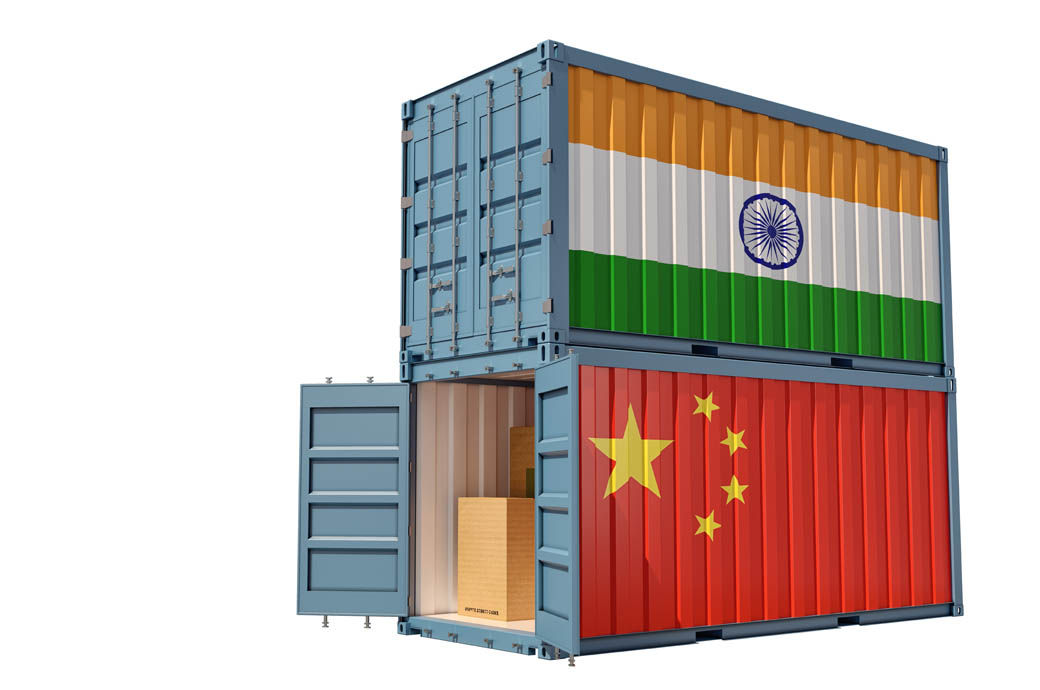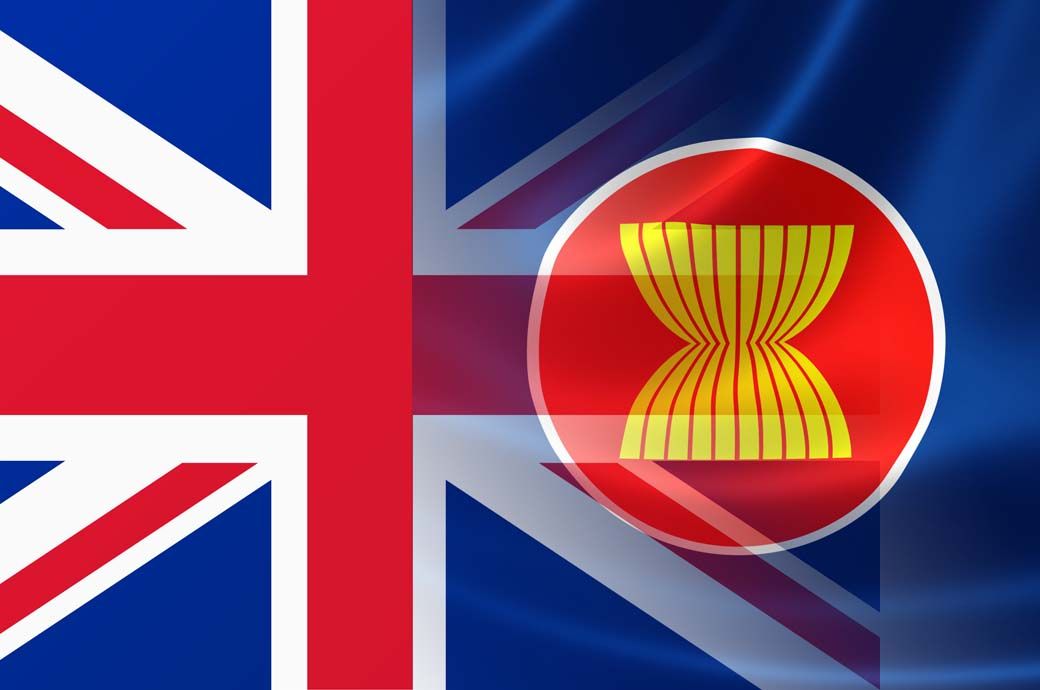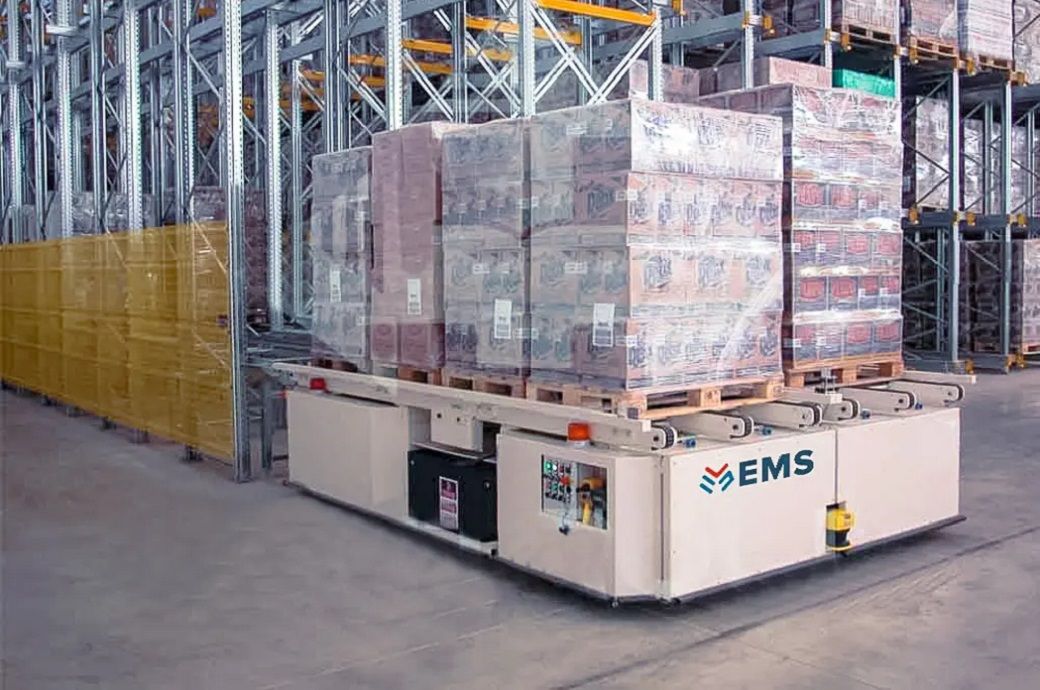UK-based Non wovens Innovation and Research Institute Ltd (NIRI) announced that it will continue its investment strategy with major new upgrades to spray bonding capabilities for greater sustainability and better product performance. The institute features complete pilot-scale prototyping facilities for developing novel products and improving existing lines.
Bespoke-engineered for NIRI’s clients’ needs, the new equipment is specifically designed for the application of binders to both high and low loft fabrics and features a dedicated spraying rig for pilot-scale binder applications and continuous binder application, according to a press release. With 87 per cent of Europeans worried about the environmental impact of plastic, and 74 per cent worried about the impact on their health, the European Union’s (EU) Single Use Plastic Directive (SUPD) continues to have a significant impact on nonwovens, particularly in sectors such as wipes, sanitary and feminine hygiene products; general medical supplies and devices; packaging, and the food and beverage industry.
NIRI’s facilities are designed such that the pilot scale application of binder by spraying allows for more controlled impregnation which produces a more uniform end sample — meaning better quality control and greater certainty of prototype or final product feasibility.
A controlled spray rate, together with flexibility over application distance and dwell time, allows for optimisation of the impregnation/bonding process. The new equipment, at NIRI’s state-of-the-art Leeds facility, is designed to apply the binders through microdosing, using spray jet streams running over a conveyor system.
A transport conveyor supports and carries a substrate or medium while a microdosing unit comprising of up to three flat spray nozzles sits above the conveyor. A suction slot, in-line with the spray nozzles, runs under the conveyor. Thus, samples are belt-fed through the spraying rig where the spray applicators with their controlled flow rates apply the binder formulation to the unbonded web. Once sprayed, the web is then fed into a through-air oven to consolidate the fabric, and additives can also be used to impart specific functional properties to the final fabric.
Compared to alternative processes such as submerging or padding, the spray bonding technique available to NIRI’s customers has some potential benefits, not least improved product performance and greater sustainability. The technique requires reduced quantities of binder and water, with lower water consumption during processing and less energy is consumed during heating and drying. Given increasing consumer demand for sustainability, these can present significant commercial and reputational advantages. As the process allows for the maintenance of all or most of the loft of the fibre matrix, the low volume density characteristics are largely retained, meaning enhanced product quality.
In this context, with a compelling commercial case for sustainable products and innovation, NIRI’s upgraded spray bonding facilities are an important addition to help foster the development of innovative products. Pilot-scale equipment is ideal for cost-effective and rapid prototyping — for commercially viable R&D. And NIRI’s facilities are designed to be modular, focused on working with clients and with NIRI’s team — who have over 400 years of combined expertise in textile science and industrial application — to develop products from concept, through to prototyping, and then supporting scale-up, added the release.
“Regulatory changes, together with consumer demands to address the environmental impacts of plastic pollution, are a significant factor in developments within the nonwoven sector, and for our clients’ own development strategies. While single use plastic is high profile as an issue to be addressed — albeit a complex one that may not be solved overnight — more durable products will, undoubtedly, come under increased scrutiny. We are already working with clients who are using our upgraded spray bonding facilities to develop novel products, and this can only be good for the commercially and environmentally viable future of product development across a wide range of sectors,” observed chief commercial officer at NIRI Dr Ross Ward.
The new investment was made possible with help and funding from PAPI Project. PAPI is part-funded by the European Regional Development Fund (ERDF) as part of the European Structural and Investment Funds Growth Programme 2014-2020. In partnership with the Northern Powerhouse, it is delivered by The University of York.
The UK-based Nonwovens Innovation and Research Institute Ltd (NIRI) announced that it would continue its investment strategy with major new upgrades to spray bonding capabilities for greater sustainability and better product performance. The institute has the necessary facilities to develop new products and improve existing ones on a pilot scale.


 World News2 years ago
World News2 years ago
 World News2 years ago
World News2 years ago
 World News2 years ago
World News2 years ago
 World News2 years ago
World News2 years ago
 World News2 years ago
World News2 years ago













